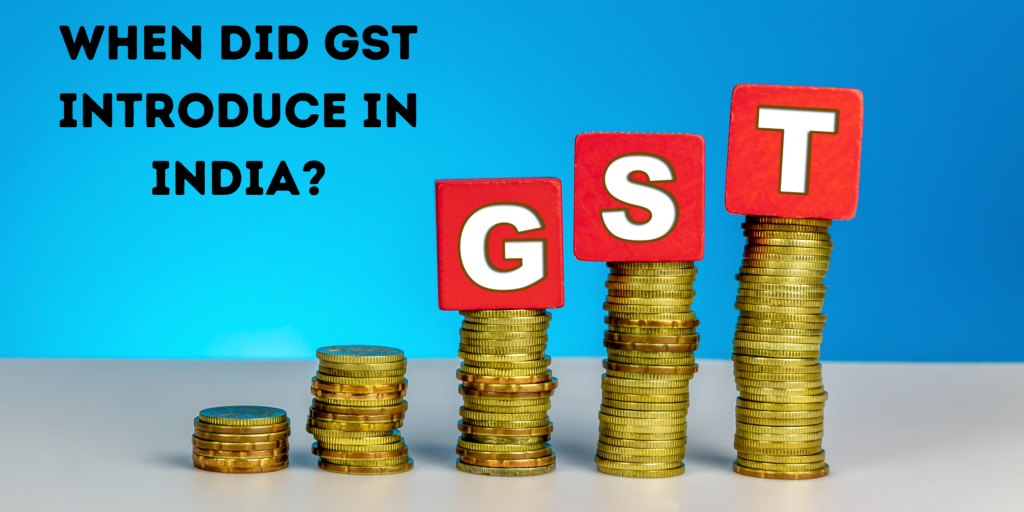When Did GST Introduce In India ?
Introduction:
- When Did GST Introduce In India ? In The Annals of India’s Economic History, the Introduction of the Goods and Services Tax (GST) Stands out as a watershed Moment. This revolutionary Tax reform was Implemented with the aim of unifying the country’s complex tax structure, creating a seamless national market, and fostering economic growth. In this blog post, we delve into the significant event and explore the impacts of GST on India’s economy.
- The Goods and Services Tax was introduced in India on July 1, 2017. This date Marked the culmination of Years of deliberation, planning, and anticipation surrounding the need for a comprehensive tax reform in the country. GST replaced a myriad of indirect taxes levied by the central and state governments, bringing about a Fundamental shift in the Taxation landscape.
Key Objectives of GST
1. One Nation, One Tax
- The primary objective of GST was to create a unified tax structure, eliminating the cascading effect of taxes and fostering a seamless national market. By subsuming various central and state taxes under one umbrella, GST aimed to streamline tax administration and make compliance easier for businesses.
Simplified Tax Structure
- When did GST Introduce In India ? GST Simplified the Tax structure by categorizing goods and services into different tax slabs – 5%, 12%, 18%, and 28%. This rationalization aimed to reduce Tax evasion, promote transparency, and ensure that goods and services are taxed at rates that align with their nature and economic significance.
Boost to Economic Growth
- The Introduction of GST was expected to spur economic growth by enhancing efficiency, reducing logistics costs, and promoting ease of doing business. When did GST Introduce In India ? The removal of inter-state barriers and the creation of a common market were anticipated to create a conducive environment for businesses to thrive.

Digital Transformation
- GST necessitated the adoption of digital platforms for filing returns and compliance. This move towards digitization aimed to make the tax system more transparent, reduce paperwork, and facilitate smoother interactions between businesses and tax authorities.
- Impact on Businesses:
Simplification of Tax Compliance
- GST streamlined tax compliance for businesses by introducing a unified return filing system. When did GST Introduce In India ?This reduced the burden of multiple filings and made it easier for businesses to adhere to tax regulations.
Cost Efficiency:
- The removal of the cascading effect of taxes resulted in cost savings for businesses. Input tax credit mechanisms allowed businesses to claim credit for taxes paid on inputs, thereby reducing the overall tax liability.
Market Expansion: When did GST Introduce In India ? The creation of a common national market facilitated the free movement of goods and services across state borders. This not only expanded market access for businesses but also contributed to the reduction of logistical complexities.
Conclusion:
-
The introduction of GST in India on July 1, 2017, marked a historic shift in the country’s tax landscape. When did GST Introduce In India ? It was a bold step towards simplifying the taxation system, fostering economic growth, and creating a unified national market. While the initial implementation faced challenges,
-
GST has gradually evolved, and its impact on businesses and the economy at large continues to unfold. As India moves forward, the legacy of GST will undoubtedly remain a pivotal chapter in its economic journey.
SOURCES: https://cleartax.in/s/gst-law-goods-and-services-tax
FOR MORE INFORMATION: https://taxgyany.com/

